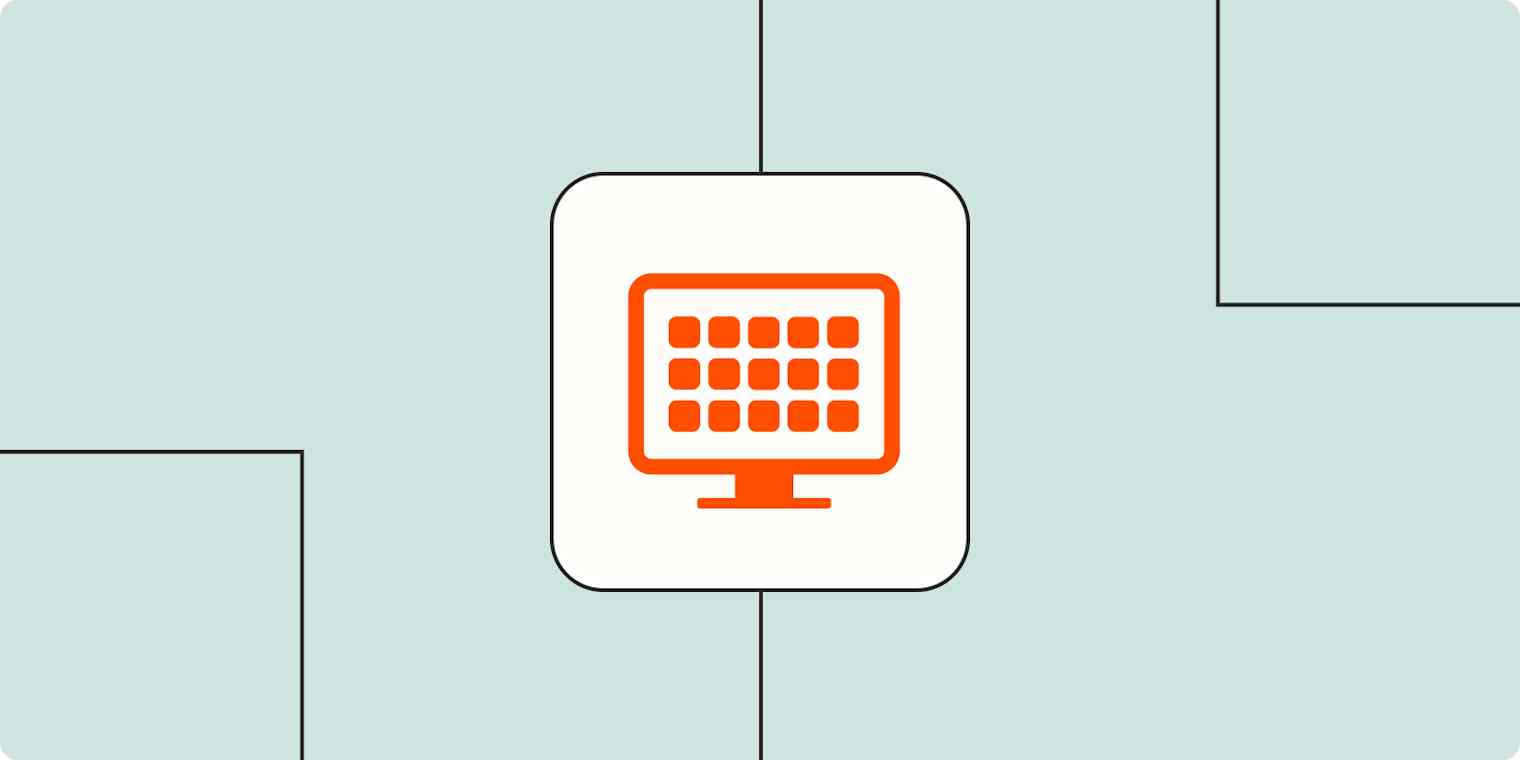App tips
5 min readWhen is the right time to start paying for software?
By Anna Burgess Yang · June 23, 2023

Get productivity tips delivered straight to your inbox
We’ll email you 1-3 times per week—and never share your information.
Related articles
Improve your productivity automatically. Use Zapier to get your apps working together.









